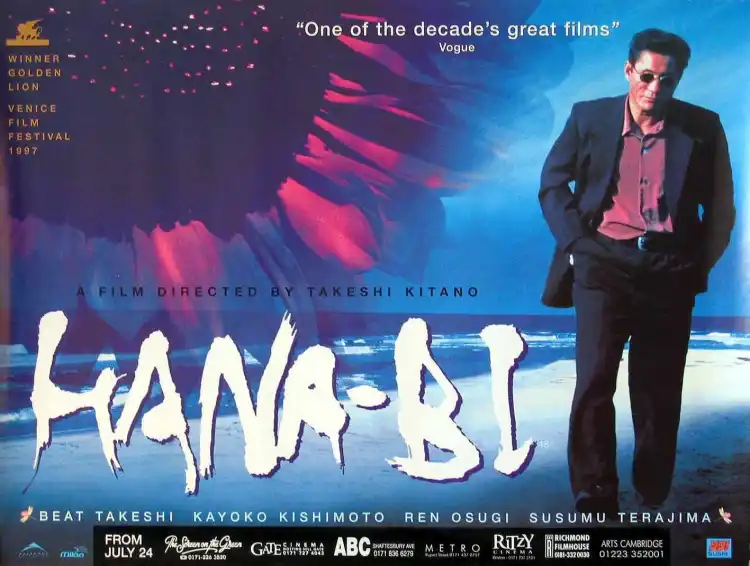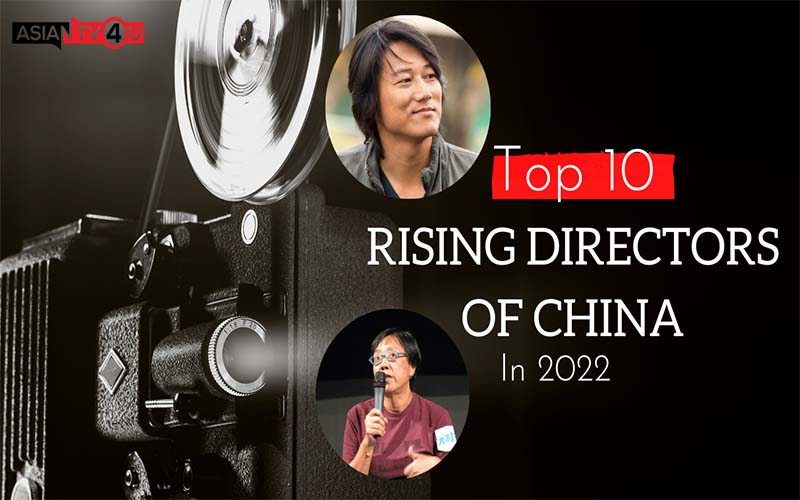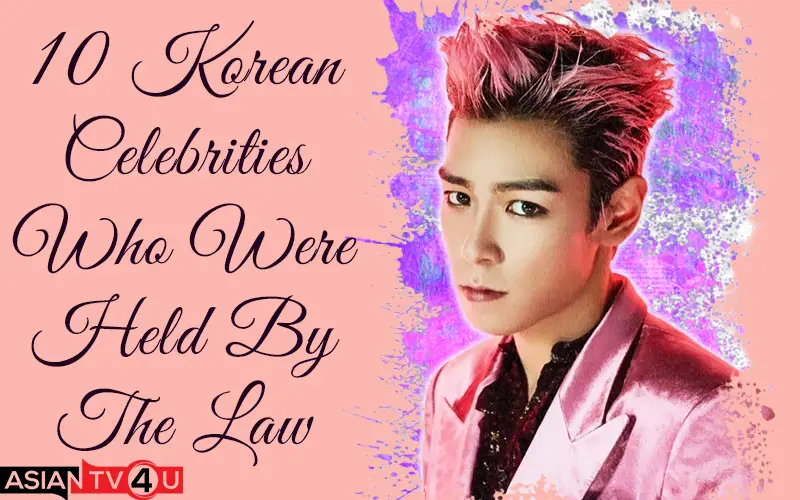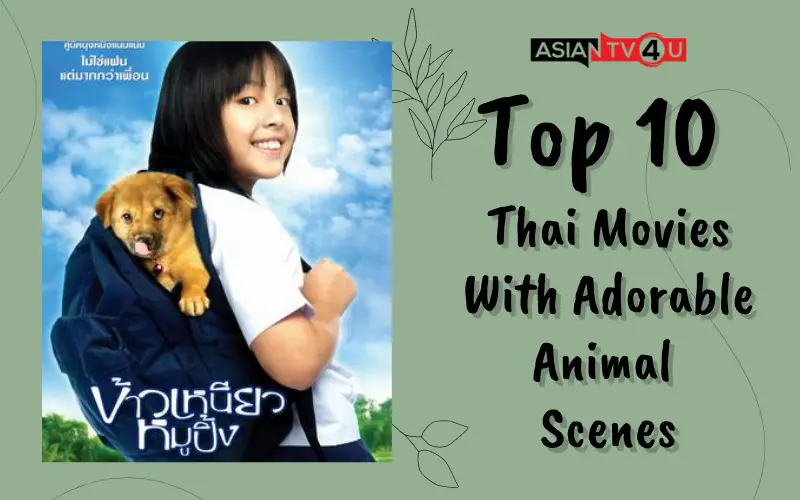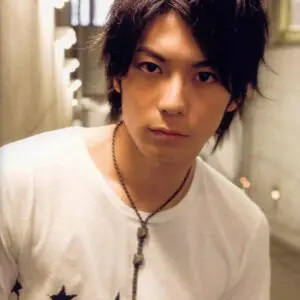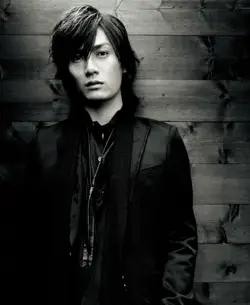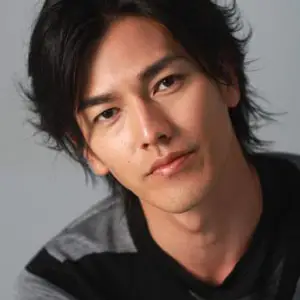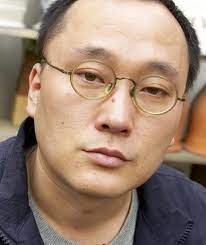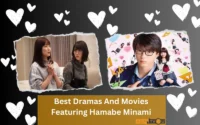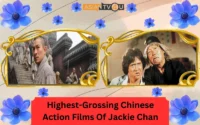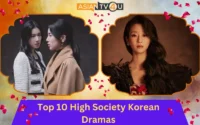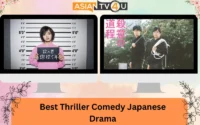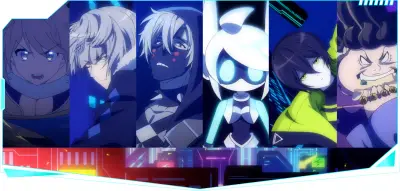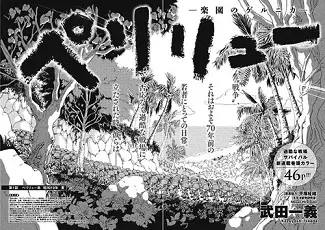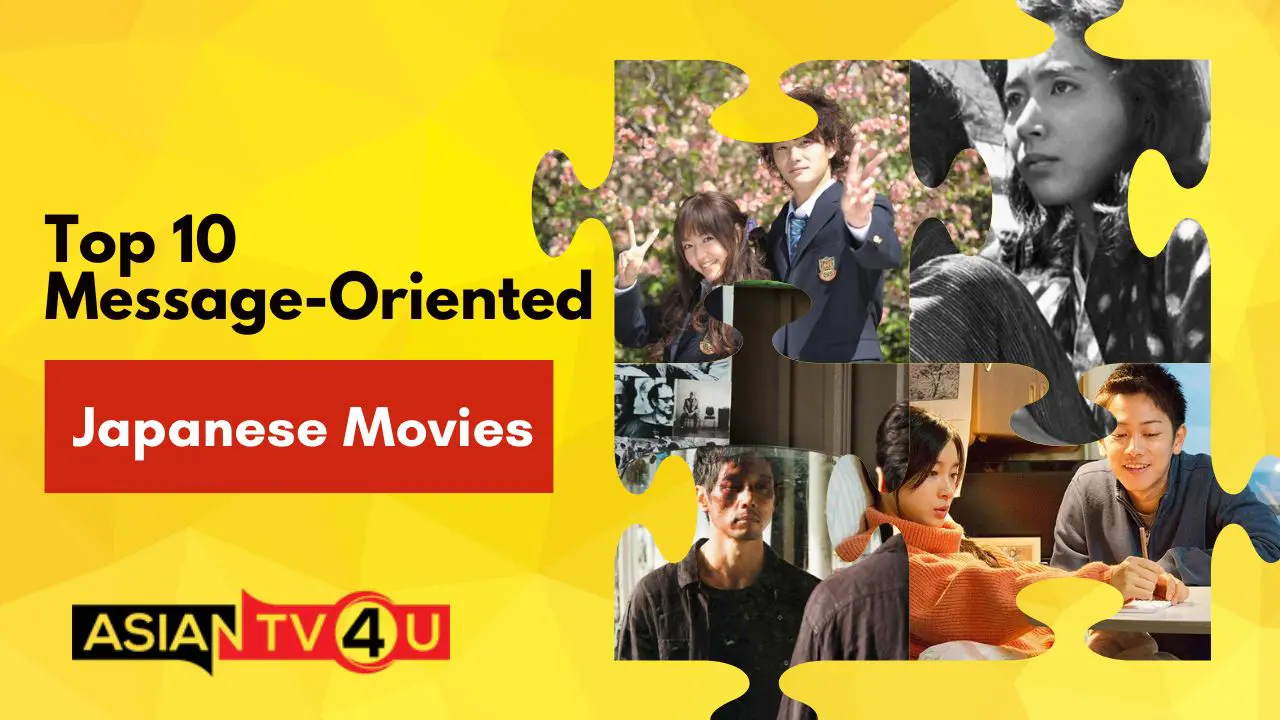
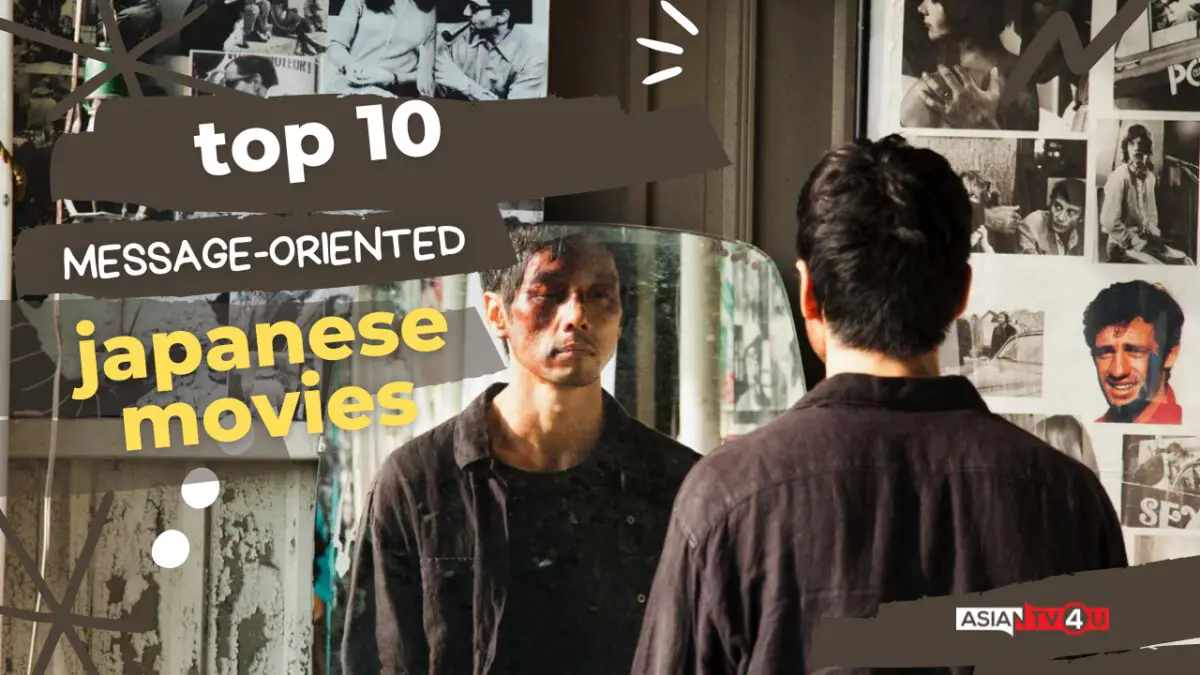
Movies are a great way to promote positive messages as people enjoy watching movies a lot and they will take time out of their busy days to watch a movie as it also helps to de-stress. One must know that, in a play, a novel, an artwork, or even a song, having a message, albeit a subtle one, or at least presenting fascinating questions is as vital as expressing a perspective or a personal insight since it gives gravity to the creative endeavour.
1. Cut (2011)
Shuji is an outspoken young filmmaker who is in conflict with Japanese culture. He finds out one day that his loan shark brother, who had helped him fund his films, had been killed by his own Yakuza clan for not repaying his debts. CUT is an investigation of one man's obsessive attachment with cinema, described as a love poem to Japanese films of the past as well as a protest against the present.

2. The Last Dance
Buhei Mikai, excellently performed by Rentaro Mikuni, is a successful filmmaker who is working on a film about a married couple who are both dying of cancer. Buhei vomits blood while with his lover, prompting his wife to accompany him to the hospital, where he is diagnosed with terminal cancer. The doctor and Buhei's wife, as is customary in Japanese culture, suppress information about his illness, instead of informing him he has an ulcer. Buhei can only assume what's wrong with him as he becomes worse, but his wife continues to reject his condition.
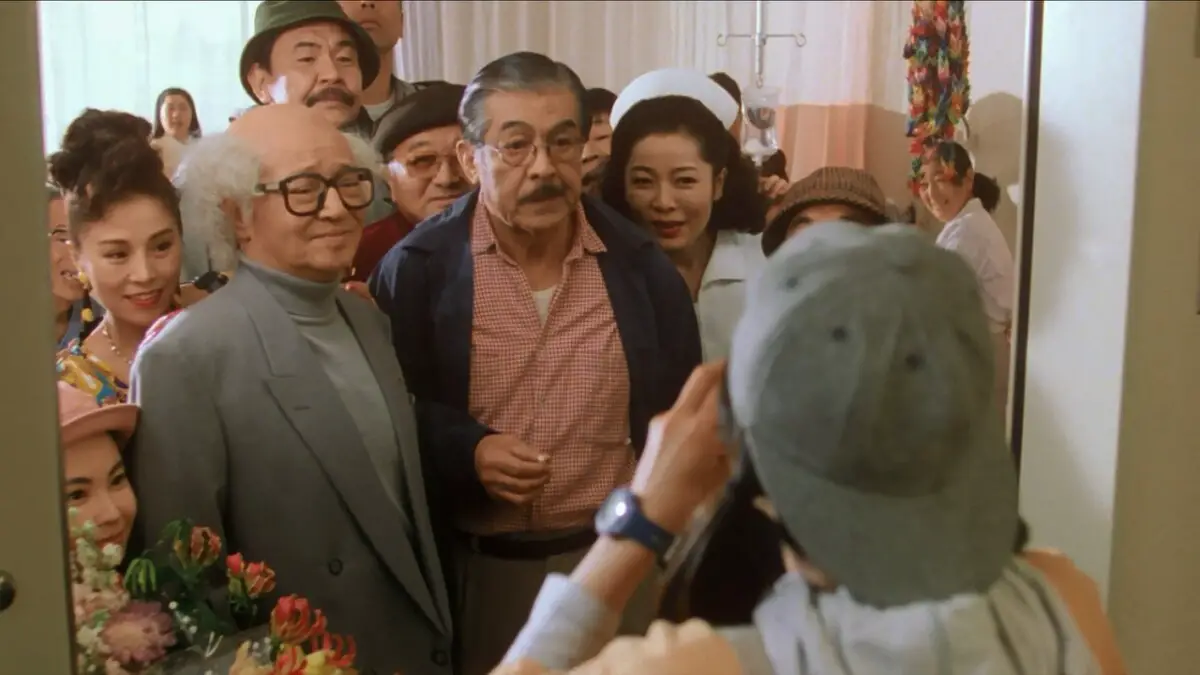
3. A Legend, Or Was It?
'A Legend, or Was It?' by Keisuke Kinoshita was never particularly well-received outside of Japan. It's a shame because the film is one of the most sensitive depictions of rural Japan during WWII. The picture starts and finishes in colour, although most of it is shot in black and white. The stark contrast between the coloured portions and the black and white segments effectively conveys the ridiculousness of the characters' activities.
The plot revolves around a family that relocated to a remote town near the end of WWII. Outsiders are disliked by the locals, yet the mayor's son wishes to marry the family's oldest daughter.
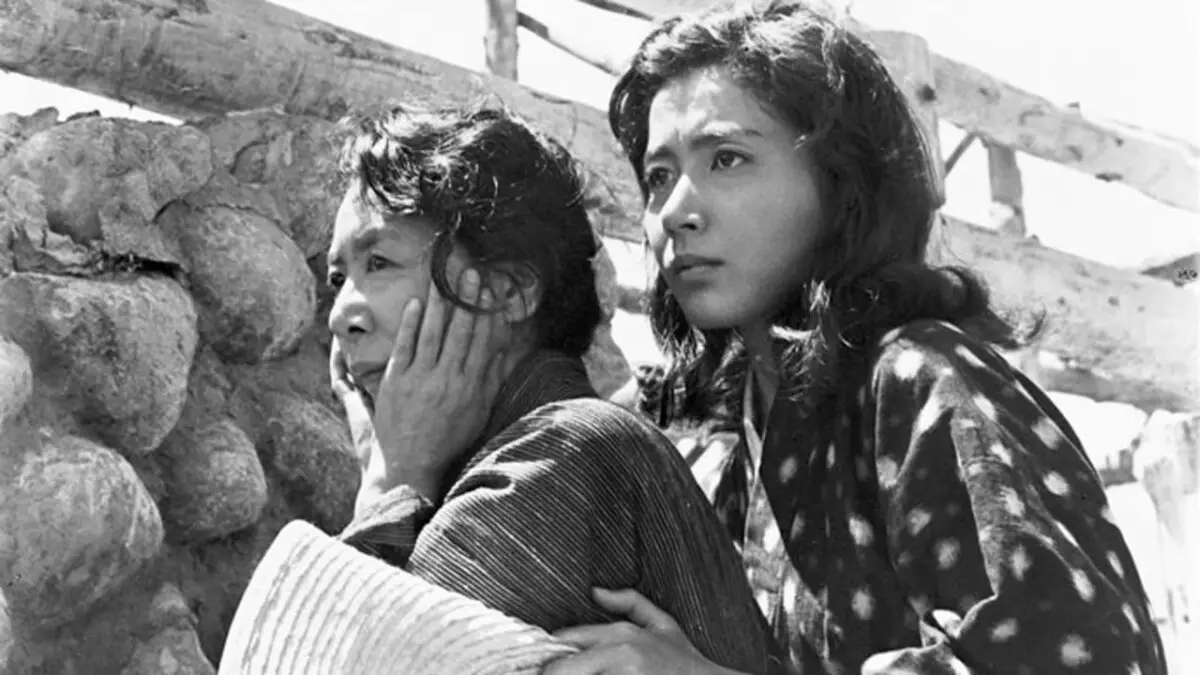
4. The 8 Year Engagement
"The 8-Year Engagement," a 2017 film based on a true tale, is an emotionally beautiful relationship between two persons who are engaged to be married. After meeting for the first time at a restaurant gathering, Hisashi and Mai began dating. They became a couple, and Hisashi proposed to Mai not long after. Everything seemed to be going well until Mai became unwell one day. She has a major seizure and is hysterical. The physicians were taken aback when they saw her condition. She stays unconscious after being saved from a heart attack, and she is diagnosed with anti-NMDA receptor encephalitis, a rare brain disease.
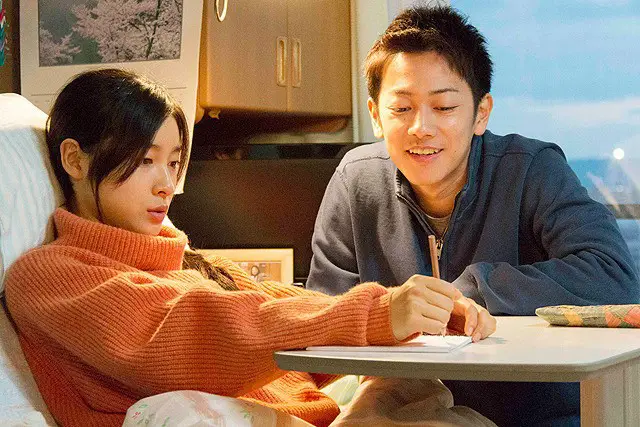
5. Boku No Ita Jikan
Time may seem insignificant to others, but to a young guy with limited time left to live, every tick of the clock sounds terrifying. It is also known as "The Hours of My Existence" and follows Takuto Sawada, who used to live a regular life. He is a typical university student with a typical family and house, and he, like his peers, struggles to obtain a respectable job to support himself. He is fortunately employed by a furniture manufacturer. Takuto must work extra hard as a newcomer in order to impress the boss. He needed to find time to get away from the tension and strain since it was taxing.
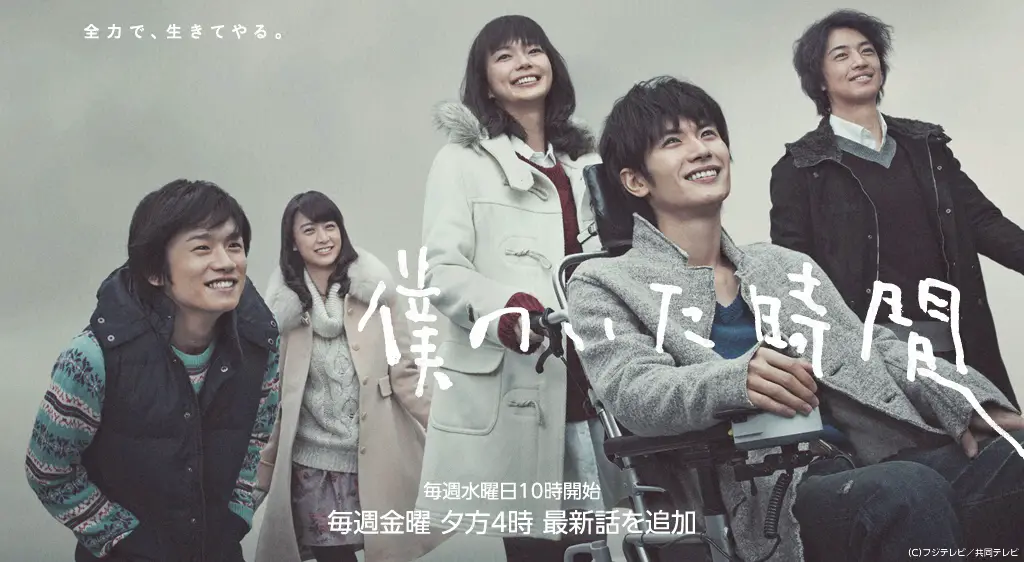
6. I Give My First Love To You
"Boku no Hatsukoi o Kimi ni Sasagu," a 2009 Japanese film about young love, was released in Japan. With total revenue of 2.15 billion yen, it was the 17th highest-grossing Japanese film of 2009. The heartbreaking story of two childhood friends, Mayu and Takuma, captivated the audience. Since the age of eight, these two have had an unbreakable kinship and friendship that has grown stronger as they have grown older. Takuma's heart ailment prevented them from being an ideal pair in the future. Because the doctor has stated that he would not live past the age of 20, the two lovers have agreed to marry when they reach that age.

7. Koizora
Koizora began as a romantic novel authored by Mika and became a cultural phenomenon. "Sky of Love," a 2007 film, brought its enormous appeal to life. Mika and Hiro were represented by Yui Aragaki and Haruma Miura, respectively. Mika's smartphone was stolen at school, and Hiro spoke with him via phone calls. Mika admires Hiro's voice and has chosen to meet him in person. He's a delinquent youngster with white hair, much to her astonishment. Mika gradually understands that Hiro is a good guy, and she desires to be with him.

8. Seven Samurai
Another Kurosawa masterpiece, Seven Samurai, is one of the most exhilarating and emotionally powerful action pictures of all time, as well as a philosophical work. For the time, the camera setups, usage of telescopic lenses, and editing processes were quite advanced. It was hugely influential, popularising the now-common story technique of forming a band of heroes or anti-heroes to achieve a goal.
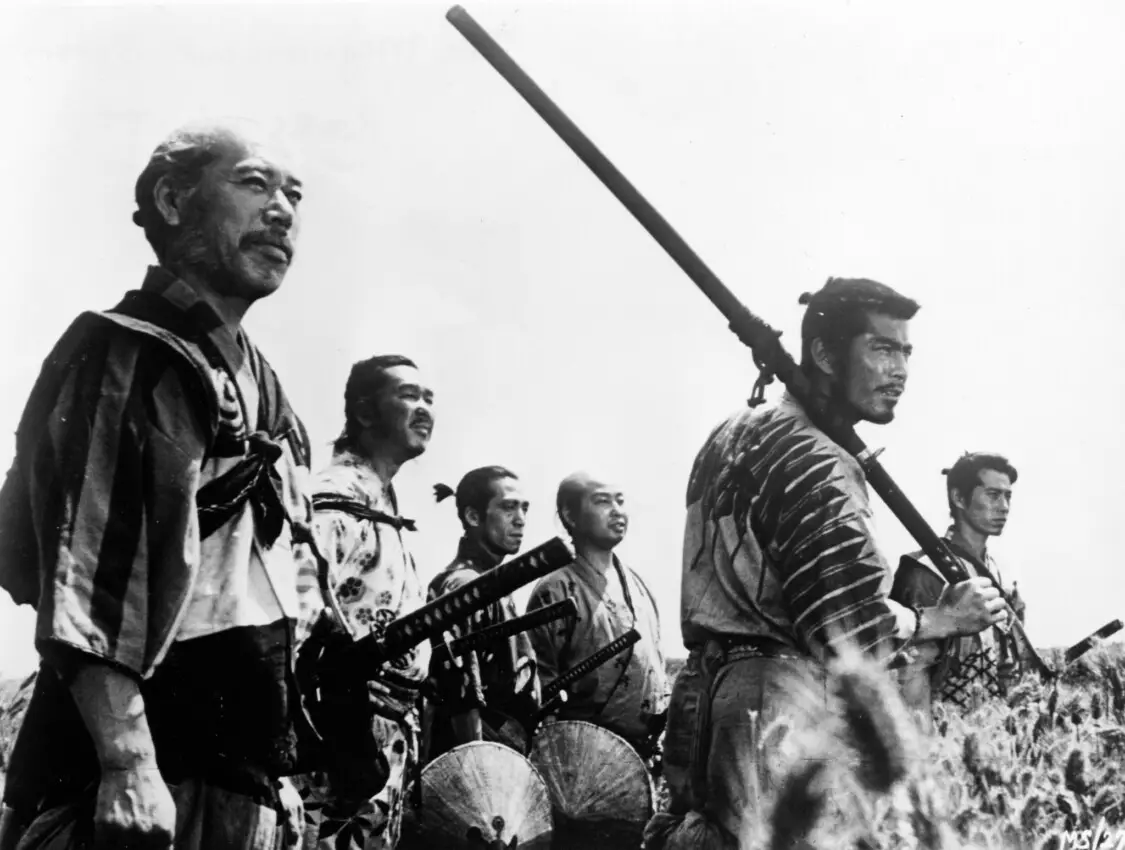
9. Harakiri
Harakiri follows a ronin (masterless) senior samurai and takes place between 1619 and 1630. In the hopes of getting charity from other feudal lords, he visits a feudal lord's mansion and requests to perform harakiri, a ceremonial method of suicide reserved only for samurai. The presence of a younger samurai earlier than expected complicates his strategy. Masaki Kobayashi's film is a must-see for anybody interested in Japan's mediaeval history. It delves into the lives of members of Japan's mythical officer caste.
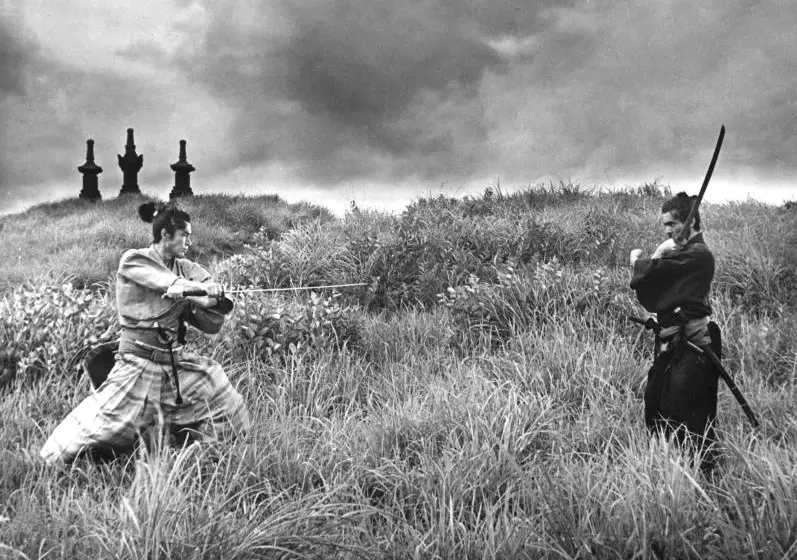
10. Hana-Bi
The resurgence of Japanese film was aided by fireworks. Takeshi Kitano became one of Japan's most popular directors after the film's unexpected critical and worldwide success. The narrative follows Nishi, a tough officer whose daughter died lately and whose wife is critically ill. He leaves the movie early, giving Kitano the opportunity to do a character study of a troubled man capable of both immense tenderness and extreme rage.
